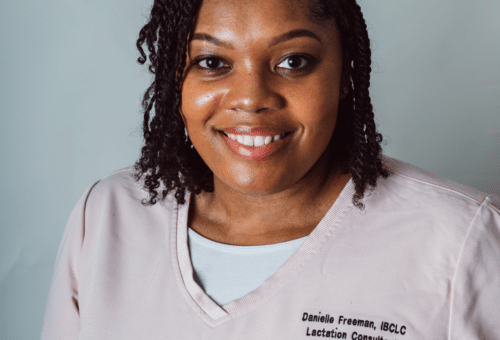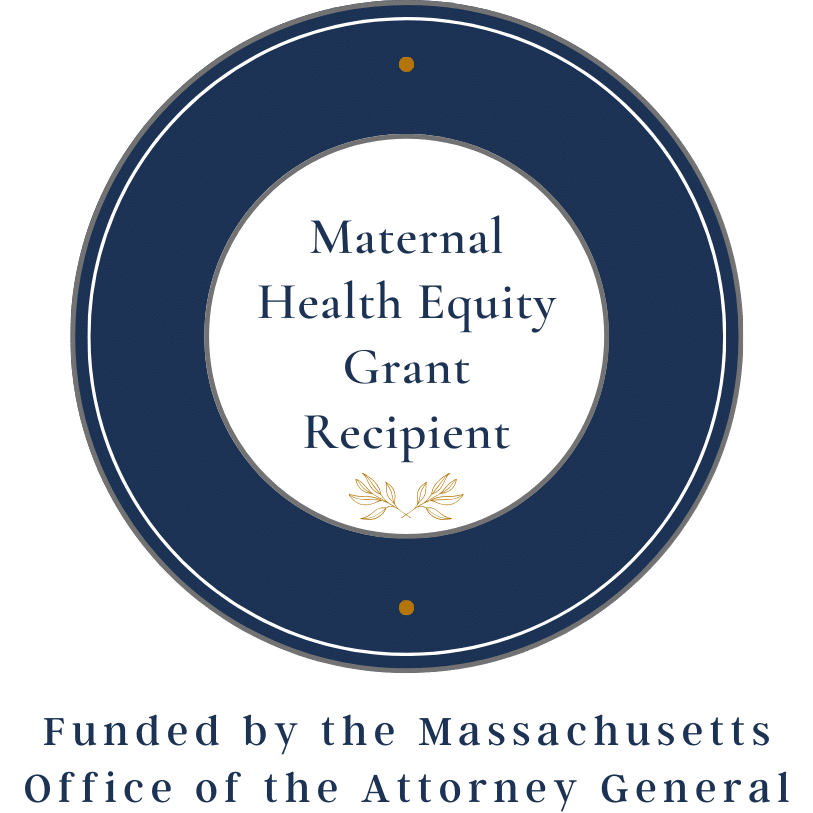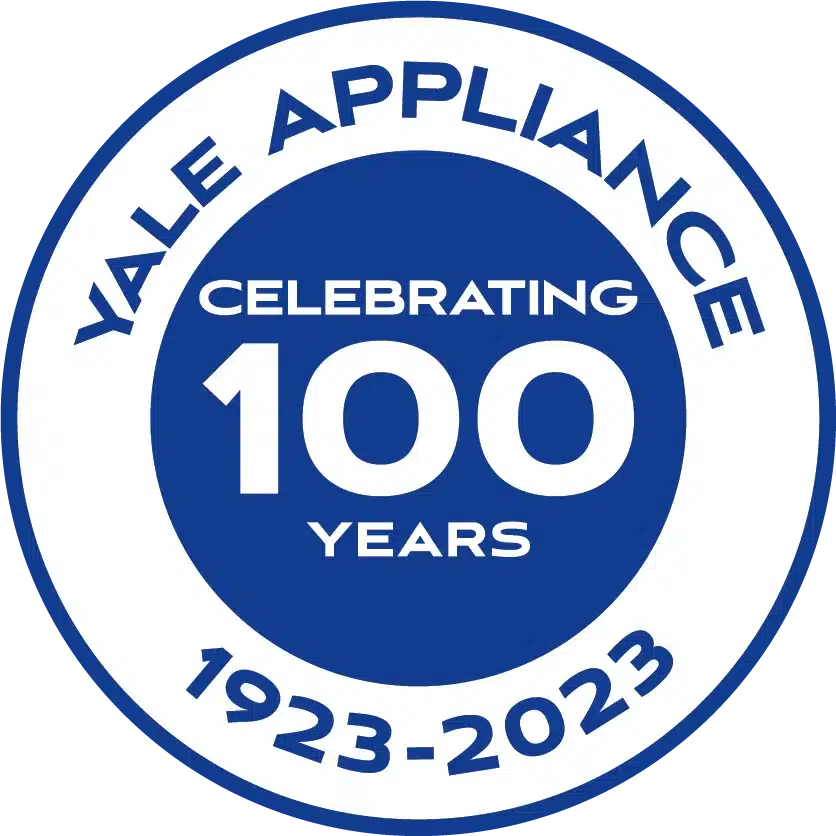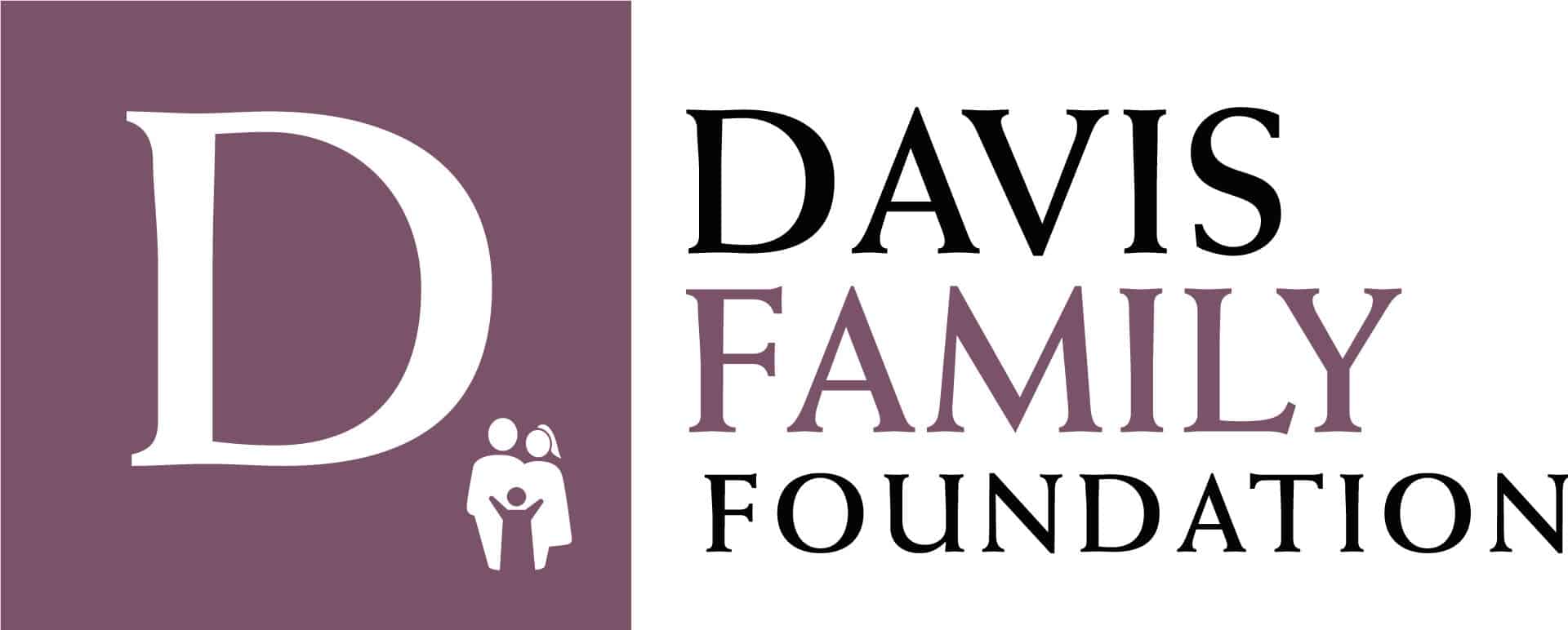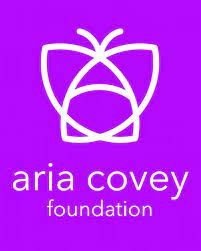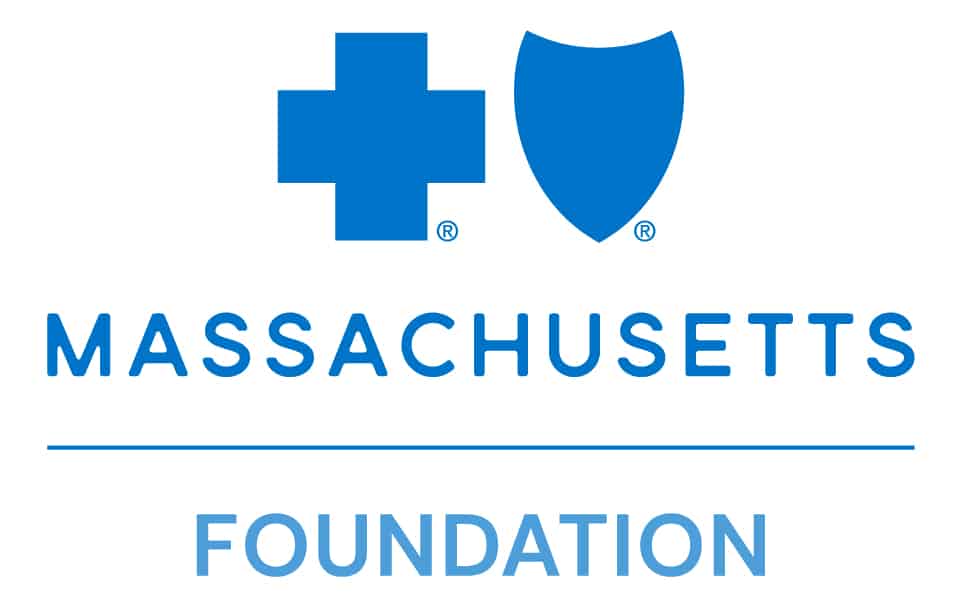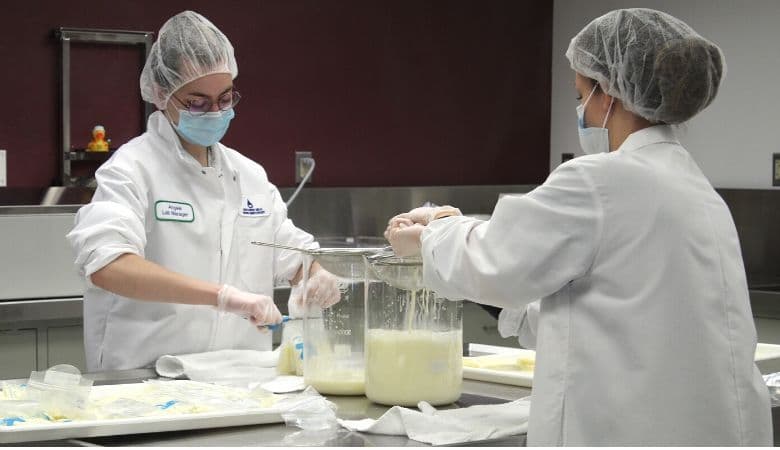
Angie and Samira prepare donor milk for processing in the lab.
Did you know that Mothers’ Milk Bank Northeast is a food manufacturing facility regulated by the Food and Drug Administration (FDA)? Following FDA food safety guidelines is one of many ways that we ensure the safety of our donor milk for the fragile babies who depend on it.
Training staff on food safety
Recently Lab Manager Angela Bello led the entire staff in a mandatory training session on food safety. Angie gave an overview of Good Manufacturing Practices, which are the basis of food safety under the 2011 Food Safety Modernization Act (FSMA). Our lab technicians all complete extensive training in food safety, and all milk bank staff members must complete this basic training as well.
The training focused primarily on personnel—how each individual bears responsibility for minimizing microbiological, chemical, and physical hazards through personal hygiene and disease control. Within the lab itself, there are stringent regulations about clothing, gloves, hairnets, jewelry, and hand-scrubbing. But each staff member plays a crucial role in the overall health, safety, and cleanliness of the milk bank. None of us is likely to forget the graphic video Angie showed that depicted how germs spread when people don’t wash their hands. Now that it’s the middle of flu season, it was helpful to hear her reminder not to come to work when sick.
FDA regulations keep milk safe
Following the section on personal hygiene, Angie provided an overview of all the other ways that following FDA regulations keeps our milk safe. These include stringent rules about the plant & grounds, sanitary operations, and equipment & utensils, all aimed at preventing adulteration and contamination.
She also discussed processes and controls. Perhaps you have heard the FDA reminders to the public to keep hot food hot and cold food cold, and to be careful of the “danger zone” of 40 to 140 degrees when cooling food. Similar principles apply at the milk bank; our milk trays go directly from the pasteurizer into an ice bath in order to cool them down quickly before they go into the freezer. Quick transitions in temperature help limit bacterial growth.
Ways of pasteurizing milk
Angie also explained how our pasteurization method is both similar to and different from methods most commonly used in the dairy industry. Pasteurization is a well-respected form of heat processing that can be conducted in a number of ways depending on the product’s characteristics and the manufacturing set-up. Cow’s milk typically is pasteurized for a short time at a high temperature. The Holder method used by milk banks pasteurizes milk longer at a lower temperature, in order to preserve as many immunological factors as possible.
The presentation ended with a pop quiz, then we asked some milk bank staff members what they learned. Client Relations Assistant Emmett McCleary replied, “The thumb is the most commonly missed part of the hand when washing.” That particular fact made an impression on many people.
Donor Intake Coordinator Raechel Hackney answered, “I learned how smart Angie is, how much she knows, and what an asset she is to the milk bank.”
We are indeed fortunate to have a food safety expert like Angie as our Lab Manager. Our milk is in good (and very clean) hands!
